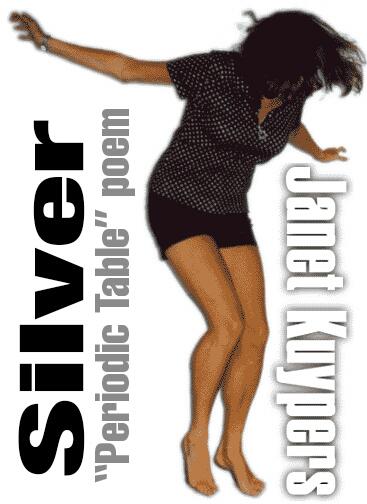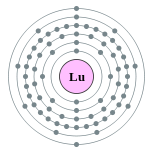Silver
Janet Kuypers

from the “ Periodic Table of Poetry” series (#47, Ag)
Got a huge batch of silver bars,
but didn’t want to sell them
because at the time the value of Silver
temporarily dropped.
But the thing is, with all that Silver,
I would have had to pay
people to store it,
costing me even more money.
So I buried it,
and waited for the value of Silver
to rise again
before I cashed my Silver in.
#
I never got the Silverware
from my grandparents,
I was too young
and they lived too long,
but I got the silverware case
from my brothers house
when he moved out
of his last hone.
#
My engagement ring
was originally the wedding ring
of my husband’s great-grandmother.
But that engagement ring
(with a diamond in a white gold setting)
later became a pendant,
and after the fragile
white gold chain broke
(because even though it’s heavy,
it’s expensive, so it was thin),
we replaced it with a Silver chain,
thicker, and therefore stronger,
and worked perfectly
to showcase that diamond
around my neck for years.
#
Silver, mixed with other metals,
can make amalgams, for people
like me with too many
cavities to count. Silver may be
a worthwhile metal element,
but I was relieved
when the dentist
fixed those fillings
with an amalgam matching
the color of my teeth…
#
I worked for years for a minor
in photography in college,
aced every course
from photojournalism to
portrait to art photography.
I’d wind my own film,
coated with an emulsion
containing light-sensitive
Silver halide salts. I loved
working in that darkroom,
seeing images appear
that I captured with my
Silver-emulsion film.
#
I’ve collected Silver coins for years,
and traveling around the globe
has increased my desire
for coins from other countries.
And my mother, years ago
played the dollar slots in Vegas
(back in the day when the slot machines
paid cash directly to you,
and didn’t give you a card
you needed to cash in),
and she won tons of old Silver dollars.
For decades she kept a jar
in the cabinet in the kitchen
(labeled “Maw”)
filled with these Silver dollars.
The Silver dollars were given to me
after she passed away,
and now I have stacks of these
century-old Silver dollars
displayed with all of
my other Silver and metal coins
from around the world.
I know the 1888 Silver dollar
in that collection is so worn
that it can’t be worth much,
but trust me, for sentimental value,
it’s priceless.


